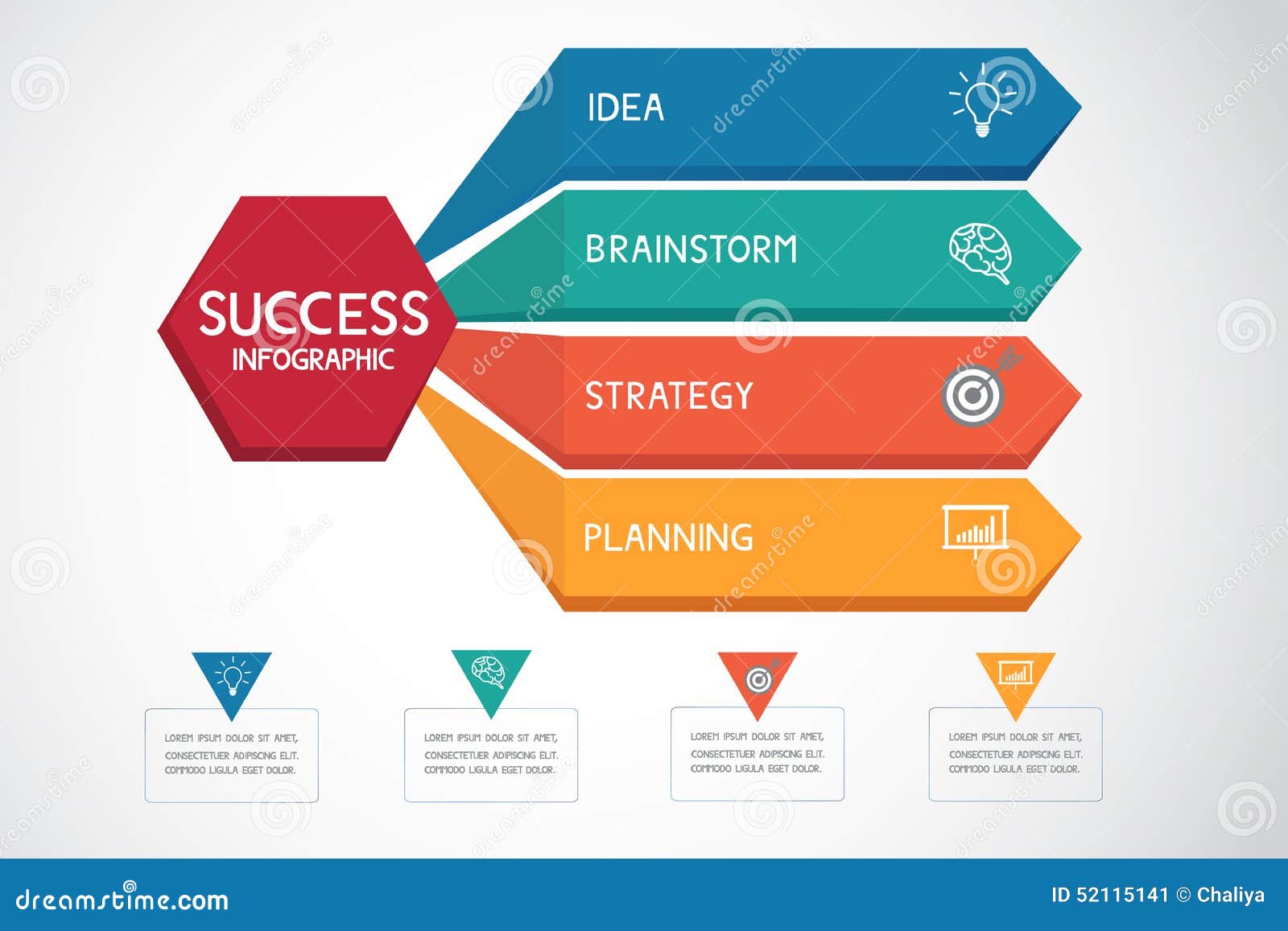The Advancement Of Website Design: After That And Now
The Advancement Of Website Design: After That And Now
Blog Article
Authored By-Hartley Hyldgaard
In the past, web sites were straightforward and focused on info. Navigating was straight, and design was for desktop computers. Now, customer experience is key. Data guides styles for easy navigating. Responsive formats match different devices. Today, dark setting lowers strain, and minimalist menus enhance navigating. Interactive features engage customers, and vibrant visuals attract attention. AI combination boosts interaction. See how layout has developed to boost your on the internet trip.
Early Days of Website Design
In the early days of web design, simplicity preponderated. Internet sites were fundamental, with restricted shades, typefaces, and layouts. The emphasis got on providing details rather than fancy visuals. Users accessed the web with slow dial-up links, so speed and capability were crucial.
Navigating menus were straightforward, commonly situated on top or side of the web page. Sites were made for computer, as mobile browsing wasn't yet common. Content was king, and designers focused on easy readability over complex layout aspects.
HTML was the key coding language utilized, and designers needed to function within its constraints. Animations and interactive attributes were marginal compared to today's requirements. Internet sites were fixed, with little dynamic web content or customized individual experiences.
Rise of User-Focused Design
With the development of site style, a shift towards user-focused design concepts has come to be increasingly popular. Today, producing websites that prioritize customer experience is essential for engaging visitors and achieving organization objectives. User-focused style involves comprehending the requirements, preferences, and habits of your target market to tailor the web site's layout, content, and includes as necessary.
Developers now carry out extensive study, such as user surveys and functionality testing, to gather understandings and comments directly from users. This data-driven technique aids in creating user-friendly navigating, clear calls-to-action, and visually enticing interfaces that reverberate with visitors. By putting the user at the center of the style procedure, sites can supply an extra individualized and satisfying experience.
Responsive style has additionally become a key element of user-focused design, making certain that internet sites are enhanced for various gadgets and screen dimensions. This versatility improves access and usability, dealing with the diverse methods customers interact with websites today. Basically, the surge of user-focused layout symbolizes a change in the direction of developing digital experiences that prioritize the demands and expectations of completion individual.
Modern Trends in Website Design
Check out the most up to date trends forming website design today. One popular pattern is dark setting layout, offering a streamlined and modern-day appearance while lowering eye strain in low-light settings. Another vital trend is minimalist navigation, simplifying food selections and boosting individual experience by concentrating on essential elements. Including micro-interactions, such as animated buttons or scrolling effects, can produce an extra interesting and interactive website. Responsive layout continues to be essential, guaranteeing smooth individual experiences throughout various tools. Furthermore, using vibrant typography and unbalanced layouts can add visual interest and draw attention to specific content.
Incorporating AI innovation, like chatbots for client assistance or personalized suggestions, improves individual engagement and simplifies procedures. Availability has additionally come to be a considerable trend, with developers prioritizing inclusive design practices to satisfy diverse individual needs. Accepting sustainability by optimizing site efficiency for rate and effectiveness is an additional emerging trend in website design. Collaborating with individual comments and information analytics to iterate and boost design continuously is necessary for staying pertinent in the ever-evolving electronic landscape. By welcoming https://www.dentaleconomics.com/practice/marketing/article/14223127/5-proven-ways-to-boost-your-dental-seo-rankings -day trends, you can produce an aesthetically enticing, straightforward internet site that reverberates with your audience.
Verdict
As you assess the advancement of web site style from the very early days to now, you can see just how user-focused style has become the driving pressure behind modern-day fads.
Embrace the journey of adjustment and adjustment in website design, always keeping the user experience at the center.
Remain existing with the most up to date fads and innovations, and never quit progressing your method to develop visually magnificent and user-friendly web sites.
Evolve, adapt, and create - the future of website design remains in your hands.
